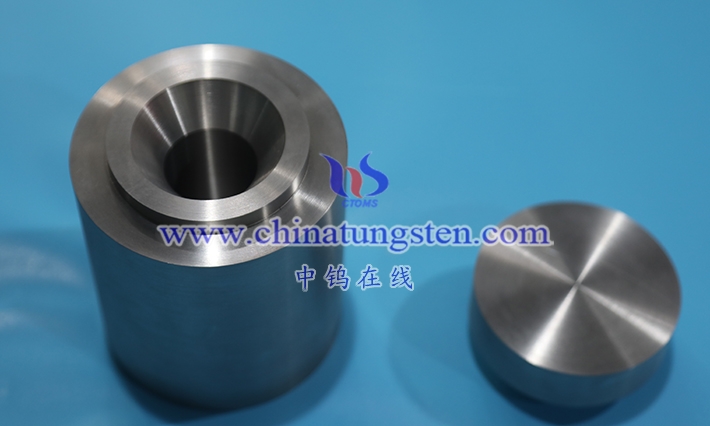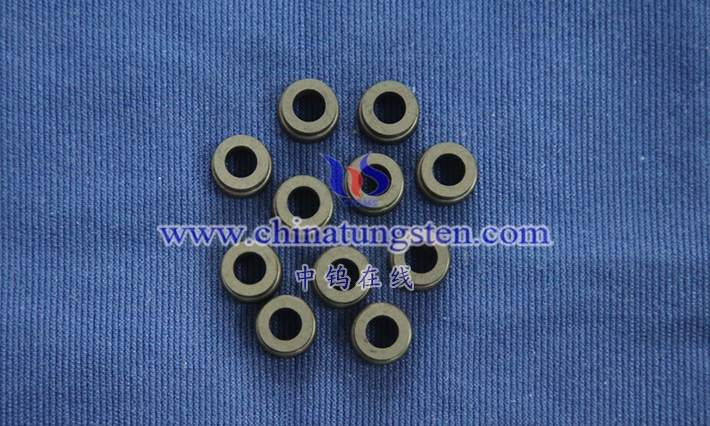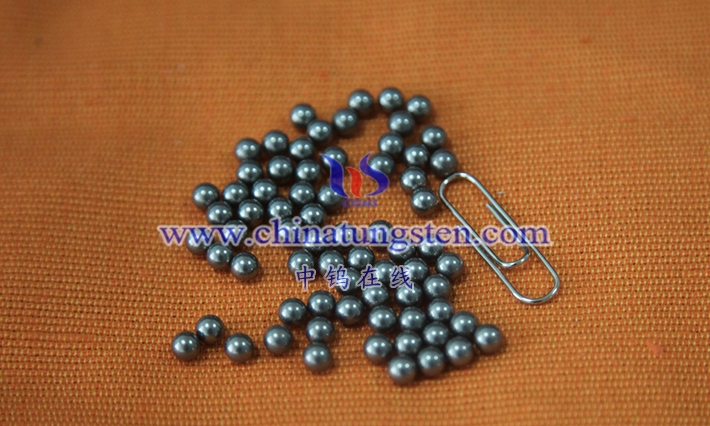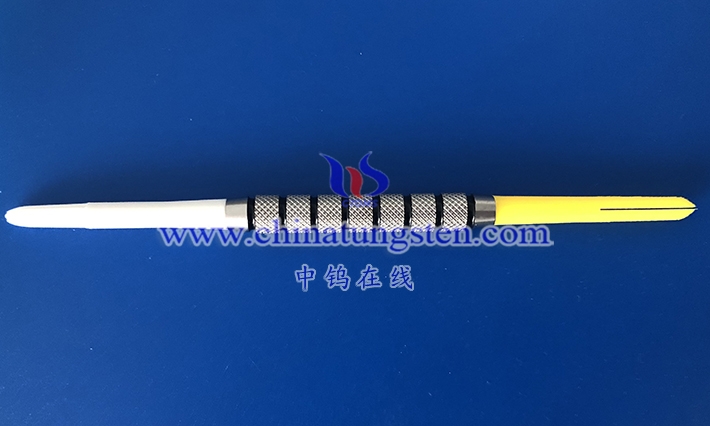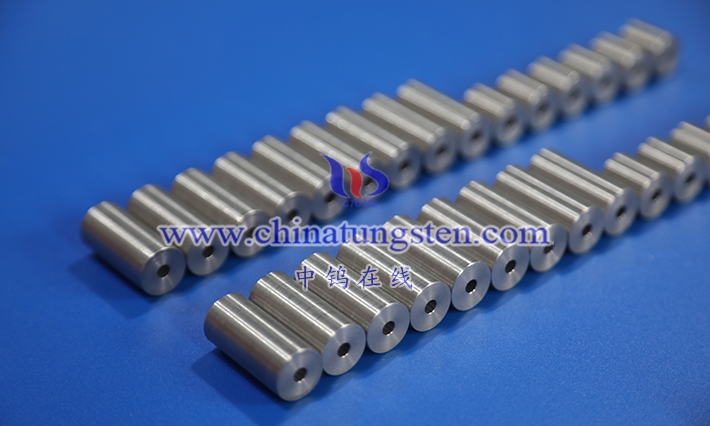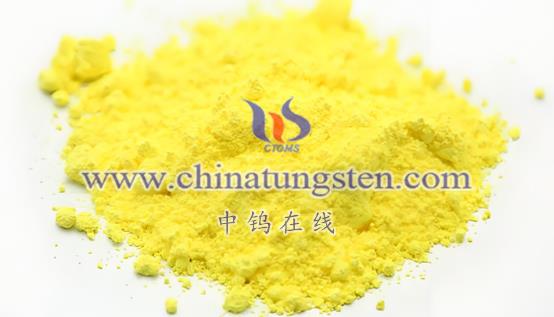
Yellow Tungsten Oxide (WO3)
Physical & Chemical Properties, Processes, & Applications
Overview of the research and application of yellow tungsten oxide
As a professional team of CTIA GROUP, we are well aware of the core position of yellow tungsten oxide (tungsten trioxide, WO₃) in the tungsten industry chain. This bright yellow compound is not only an important intermediate product of tungsten metallurgy, but also a star material for modern materials science and industrial applications. The monoclinic structure of yellow tungsten oxide gives it unique electronic properties and chemical stability, and its energy band gap (about 2.6-2.8 eV) makes it exhibit excellent performance in many fields such as light, electricity, and heat. From tungstate research in the 19th century to today’s nanotechnology revolution, the application of WO₃ has expanded from traditional tungsten powder preparation to the high-tech frontier.
In China, the research and application of yellow tungsten oxide is closely integrated with the advantages of tungsten resources and industrial demand. Our team has extensive experience in process optimization for the thermal decomposition of ammonium metatungstate (AMT) to produce WO₃, for example by precisely controlling the roasting conditions (500-700°C) to achieve large-scale production of high-purity WO₃ (WO₃ content ≥99.9%). At the same time, WO₃ has exciting potential in the field of photocatalysis for the decomposition of organic pollutants and the production of hydrogen from photolysis of water (with an efficiency of more than 90%), providing solutions for environmental remediation and clean energy. In terms of energy storage, we verified the excellent performance of the WO₃ electrode in lithium-ion batteries (capacity 650-750 mAh/g) and the high specific capacitance in supercapacitors (300 F/g). In addition, the electrochromic properties of WO₃ are driving the industrialization of smart windows, and their use in gas sensors (NO₂ detection sensitivity up to 10 ppb) and antimicrobial materials (98% antimicrobial rate) also opens up new avenues for smart manufacturing.
Globally, WO₃’s research focuses on nanostructure design and optoelectronic performance optimization, with China’s practical experience in production process and application development particularly outstanding. AS A MEMBER OF THE CTIA GROUP, WE HAVE SEEN WO₃ MOVE FROM THE LAB TO THE MARKET. The purpose of this book is to summarize these technical achievements, combine with international cutting-edge trends, provide a systematic reference for industry colleagues, and help the intelligent and sustainable development of tungsten material industry.
Target readership
When writing this book, CTIA GROUP clearly aimed at the following readers, hoping to serve practitioners and scholars in the tungsten industry and related fields with our professional perspective:
Tungsten material research and development personnel
For researchers engaged in WO₃ crystal structure, production process, and performance optimization, this book provides a complete technical path from AMT to WO₃ and the latest research data to facilitate basic and applied research.
Chemical & Materials Engineer
For engineers in the fields of tungsten metallurgy, new energy and intelligent manufacturing, this book details industrial production methods (such as roasting method, hydrothermal method) and process parameter optimization, which has direct guiding significance.
Teachers and students of colleges and universities
Students and faculty of chemistry, materials science, and engineering can use this book as an authoritative resource for learning about the properties and applications of WO₃, and the lab guide is especially suitable for teaching and practice.
Tungsten industry chain practitioners
Industry professionals from tungsten ore processing to downstream applications can learn about the latest applications of WO₃ (e.g., sensors, batteries) and Chinese standards (e.g., YS/T 535-2006) to enhance their technology and market competitiveness.
Cross-disciplinary technical experts
Professionals interested in environmental protection, optoelectronic materials or nanotechnology can draw inspiration from the versatile properties of WO₃ to drive cross-border innovation.
As professionals at CTIA GROUP, we are well aware of the complexities of tungsten materials from R&D to industrialization. This book not only condenses our knowledge and technology accumulation for more than 30 years, but also integrates the insights of the global tungsten industry, aiming to provide readers with practical knowledge and forward-looking vision for readers from different backgrounds, and jointly promote a new chapter of yellow tungsten oxide in intelligent manufacturing and green technology.
Preface
Purpose and significance of writing
Overview of the research and application of yellow tungsten oxide
Target readership
Thanks
Chapter 1: Introduction
1.1 Definition and history of yellow tungsten oxide
1.2 The family of tungsten compounds and their importance
1.3 Relationship between yellow tungsten oxide and ammonium metatungstate
1.4 Overview of the structure and content of the book
References
Chapter 2: Chemical and Physical Properties
2.1 Chemical composition and molecular formula (WO₃)
2.2 Physical form and appearance (yellow powder)
2.3 Solubility and chemical stability
Behavior in water, acids, alkalis
Redox properties
2.4 Density, melting point and boiling point
2.5 Thermodynamic data (enthalpy, entropy, specific heat capacity)
2.6 Comparison of yellow tungsten oxide with other tungsten oxide forms
References
Chapter 3: Crystal Structure and Phase
3.1 Monoclinic structure (most common phase)
Lattice parameters and space groups
X-ray diffraction (XRD) characteristics
3.2 Other crystalline phases (hexagonal, tetragonal, cubic)
Phase transition conditions and temperature dependence
3.3 Defect structure and doping effect
3.4 Structural properties of WO₃ in the nanometer range
The effect of particle size on the crystalline phase
References
Chapter 4: Production Process
4.1 Raw materials and precursors
Preparation and decomposition of ammonium metatungstate (AMT).
Tungstic acid (H₂WO₄) and tungsten ore
4.2 Industrial production methods
Calcination Method(500-700°C)
Hydrogen Reduction Method (Indirect Preparation of WO₃)
Wet Chemistry (Precipitation & Heat Treatment)
4.3 Laboratory synthesis techniques
Hydrothermal method
Solvothermal method
Microwave-assisted synthesis
4.4 Process parameter optimization
Influence of temperature, atmosphere, time
Purity and particle size control
4.5 Green production and waste disposal
Ammonia nitrogen recovery technology
Energy consumption and emissions analysis
References
Chapter 5: Analysis and Characterization Techniques
5.1 Chemical composition analysis
Titration (WO₃ content determination)
Inductively coupled plasma atomic emission spectroscopy (ICP-AES)
5.2 Structural characterization
X-ray diffraction (XRD)
Fourier Transform Infrared Spectroscopy (FTIR)
Raman spectroscopy
5.3 Morphology and microscopic analysis
Scanning Electron Microscopy (SEM)
Transmission Electron Microscopy (TEM)
5.4 Physical Property Testing
BET Specific Surface Area Determination
Thermogravimetric Analysis (TG) vs. Differential Scanning Calorimetry (DSC)
5.5 Electrochemical and photoelectric performance test
Cyclic voltammetry (CV)
Ultraviolet-Visible Spectroscopy (UV-Vis)
References
Chapter 6: Application Areas
6.1 Catalysts
Photocatalysis (Hydrogen Production & Pollutant Degradation)
Chemical catalysis (hydrocracking, desulfurization)
6.2 Energy Storage and Conversion
Lithium-ion battery electrodes (capacity 600-750 mAh/g)
Supercapacitors (specific capacitance 250-350 F/g)
Fuel cell catalysts
6.3 Smart Materials
Electrochromic Materials (Smart Windows)
Thermochromic and photochromic properties
6.4 Sensors
Gas sensors (NO₂, CO, H₂S)
Sensitivity and selectivity analysis
6.5 Nanotechnology applications
WO₃ nanoparticles, nanofibers and films
Biomedical potential (photothermal therapy, antimicrobial)
6.6 Other industrial applications
Pigments and ceramic additives
Tungsten powder and tungsten alloy precursor
References
Chapter 7: Thermal Decomposition and Conversion
7.1 Thermal decomposition path from AMT to WO₃
Decomposition phase (dehydration, deamination, crystalline phase transition)
The influence of temperature and atmosphere
7.2 Phase transition mechanism of WO₃
Monoclinic to hexagonal transformation
High temperature stability analysis
7.3 Thermal decomposition kinetics
Activation energy and reaction rate
Thermal analysis data interpretation
References
Chapter 8: Safety and Environmental Impact
8.1 Toxicity and Health Risks
Acute toxicity versus chronic exposure
Safety Data Sheet (SDS) interpretation
8.2 Handling and Storage Recommendations
Protective measures and emergency treatment
Humidity and temperature control
8.3 Environmental Impact Assessment
Emissions from the production process
Waste treatment and recycling
8.4 Regulations and Standards
Chinese Standard YS/T 535-2006
International standards (e.g. ASTM)
References
Chapter 9: Research Progress and Future Prospects
9.1 Review of Historical Research
Early detection and industrial application
9.2 Current Research Hotspots
Synthesis and performance optimization of nanoWO₃
New energy and environmental applications
9.3 Contributions to Chinese Studies
AMT to WO₃ process improvements
Expansion of application areas
9.4 International Research Trends
The frontier of optoelectronic materials and catalysts
9.5 Future Directions
Green synthesis technology
Multifunctional composites
References
Chapter 10: Case Studies and Experimental Guidelines
10.1 Industrial Production Cases
Large-scale WO₃ production processes
10.2 Examples of Laboratory Synthesis
Hydrothermal preparation of WO₃ nanoparticles
AMT thermal decomposition experiment
10.3 Data analysis and discussion of results
Typical experimental parameters and characterization results
10.4 Experimental Considerations
Equipment selection and safe operation
References
appendix
Appendix A: Physical and Chemical Data Sheets for WO₃
Parameters such as molecular weight, density, melting point, etc
Appendix B: Experimental Procedures for Common Analytical Methods
XRD, FTIR, SEM Operation Guide
Appendix C: List of AMT and WO₃ Related Patents
CN102019429A、US10262770B2 etc.
Appendix D: Chinese and International Standards
YS/T 535-2006 《Ammonium Metatungstate》
ASTM B922-20 Standard Test Method for Metal Powder Specific Surface Area
ISO 16962:2017 Surface chemical analysis — Analysis of zinc- and/or aluminium-based metallic coatings(involving WO₃ characterization)
Appendix E: National Standards
Japan JIS K 1462:2015 (Tungsten Compound Analysis Method)
DIN 51078:2002 (Oxide Ceramic Raw Material Testing)
GOST 25702-83 (Chemical Analysis of Tungstate)
Appendix F: Glossary (English and Chinese)
READ MORE: Yellow Tungsten Oxide (WO3) Physical & Chemical Properties, Processes, & Applications
Customized R&D and Production of Tungsten, Molybdenum Products
Chinatungsten Online and CTIA GROUP LTD have been working in the tungsten industry for nearly 30 years, specializing in flexible customization of tungsten and molybdenum products worldwide, which are tungsten and molybdenum design, R&D, production, and overall solution integrators with high visibility and credibility worldwide.
Chinatungsten Online and CTIA GROUP LTD provide products mainly including: tungsten oxide products, such as tungstates such as APT/WO3; tungsten powder and tungsten carbide powder; tungsten metal products such as tungsten wire, tungsten ball, tungsten bar, tungsten electrode, etc.; high-density alloy products, such as dart rods, fishing sinkers, automotive tungsten crankshaft counterweights, mobile phones, clocks and watches, tungsten alloy shielding materials for radioactive medical equipment, etc.; tungsten silver and tungsten copper products for electronic appliances. Cemented carbide products include cutting tools such as cutting, grinding, milling, drilling, planing, wear-resistant parts, nozzles, spheres, anti-skid spikes, molds, structural parts, seals, bearings, high-pressure and high-temperature resistant cavities, top hammers, and other standard and customized high-hardness, high-strength, strong acid and alkali resistant high-performance products. Molybdenum products include molybdenum oxide, molybdenum powder, molybdenum and alloy sintering materials, molybdenum crucibles, molybdenum boats, TZM, TZC, molybdenum wires, molybdenum heating belts, molybdenum spouts, molybdenum copper, molybdenum tungsten alloys, molybdenum sputtering targets, sapphire single crystal furnace components, etc.
For more information about tungsten chemical products please visit the website: tungsten-powder.com
If you are interested in related products, please contact us:
Email: sales@chinatungsten.com
Tel: +86 592 5129696 / 86 592 5129595
